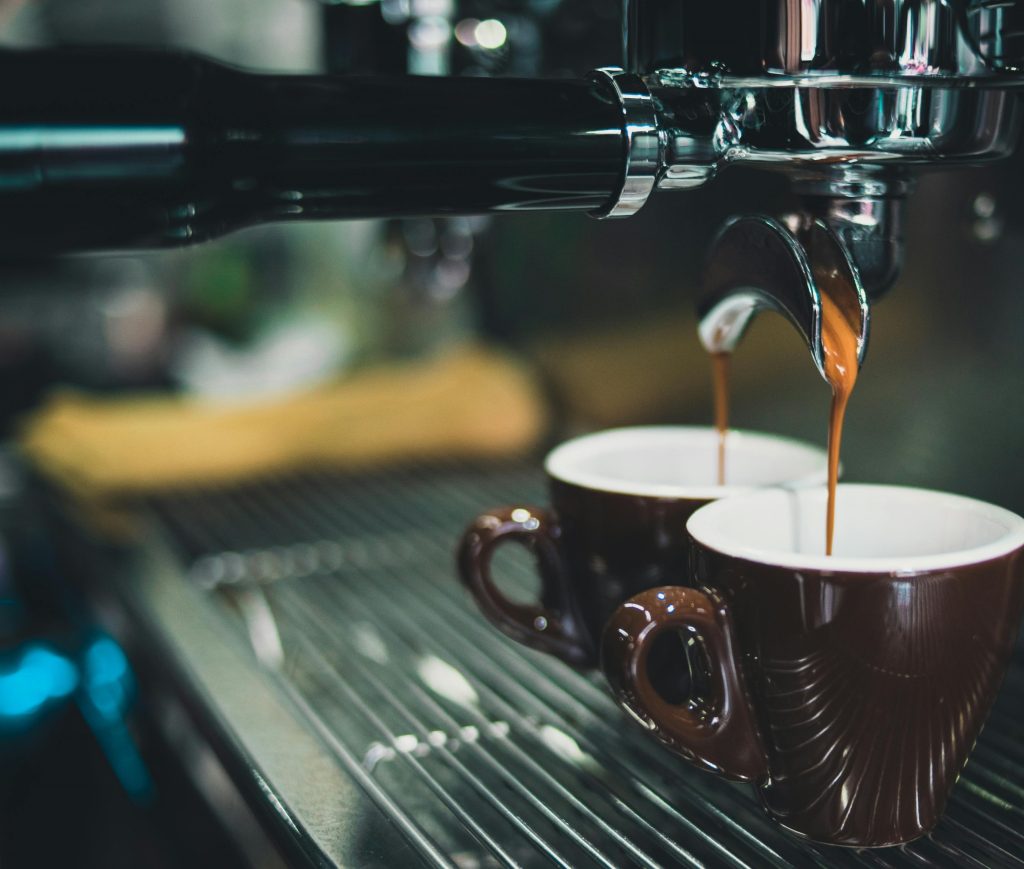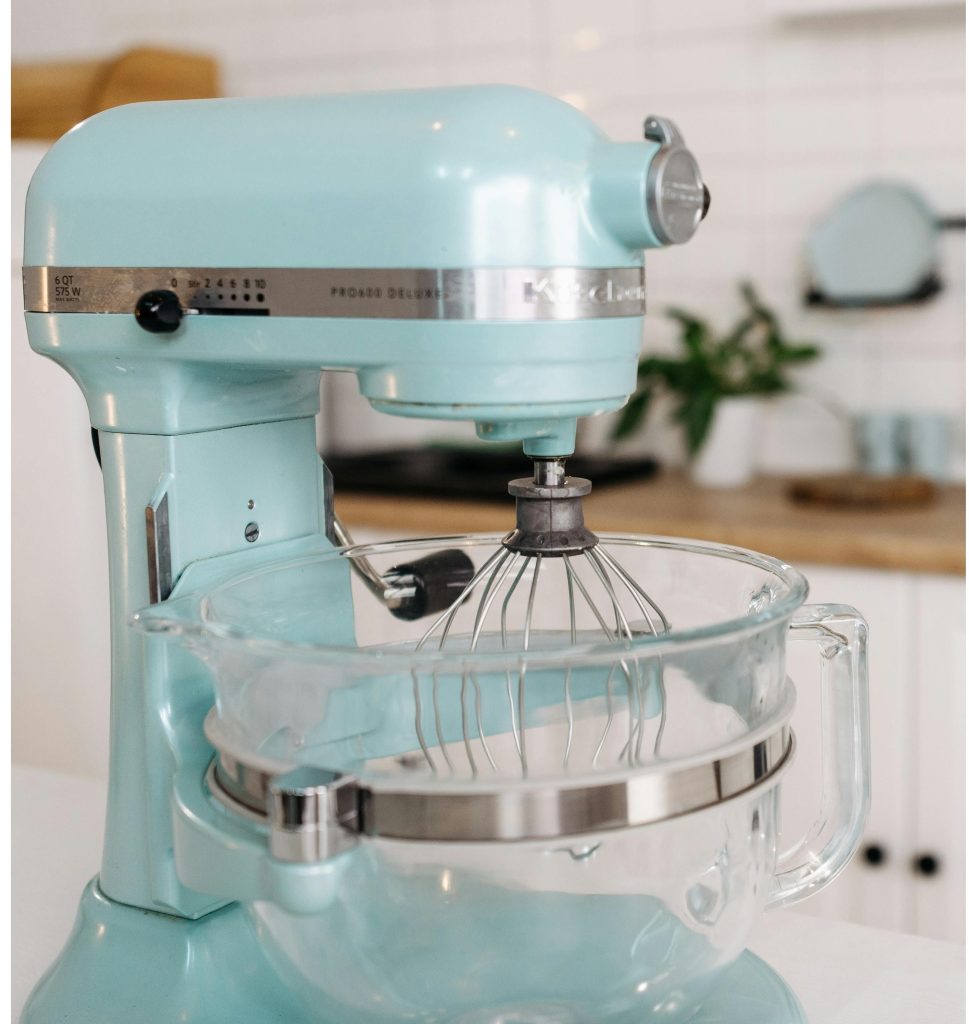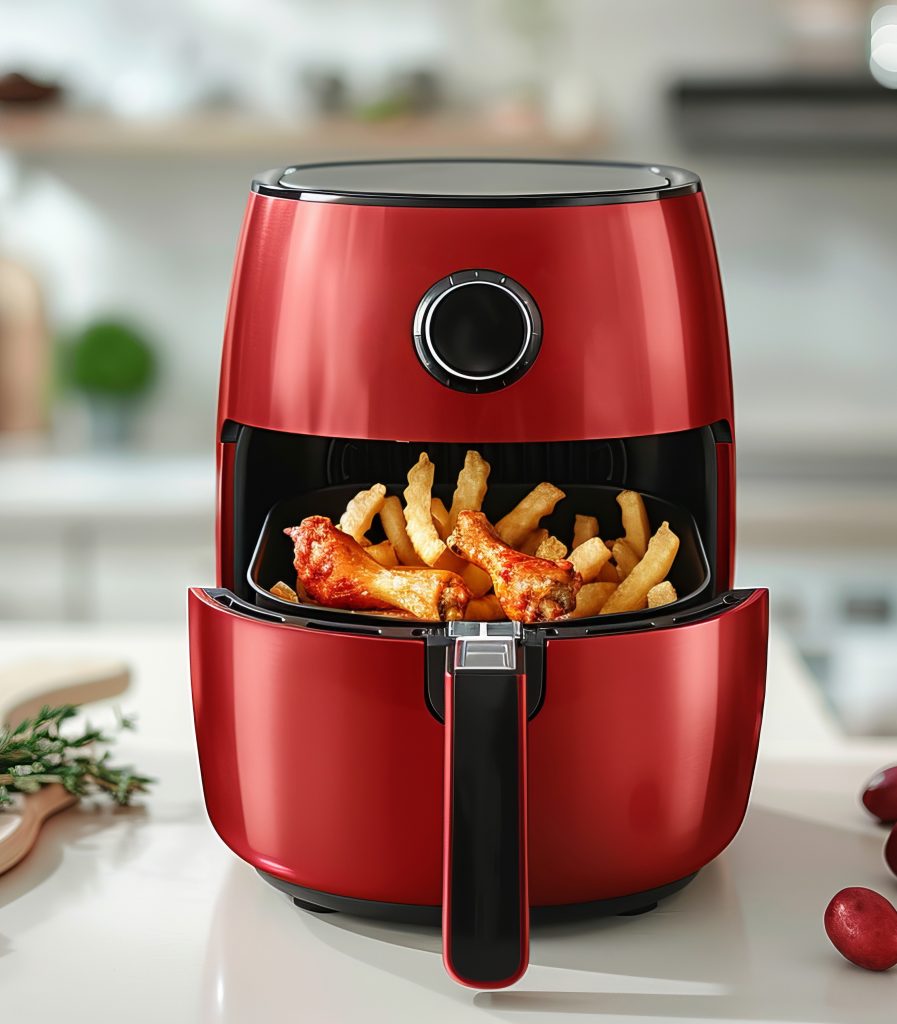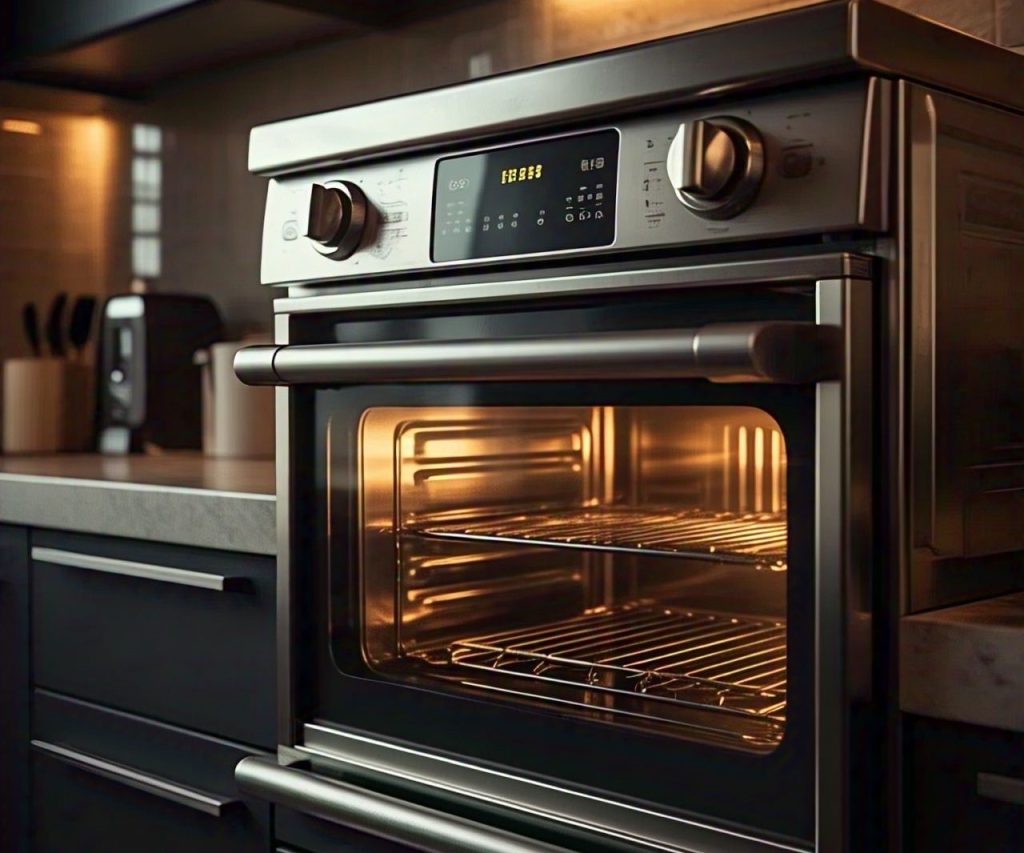Best Electric Chopper-kitchen gadget- kitchen tool 2025
Introduction Best Electric Chopper is a best Kitchen gadgets. They promise convenience, efficiency, and a touch of modern magic. And among the whirring blenders and sleek air fryers, the humble electric food chopper often gets overlooked. But trust me, this little powerhouse deserves a place on your countertop. Chopping, dicing, and mincing ingredients is a fundamental—but often tedious—part of cooking. Manual chopping can be time-consuming and messy, whether you’re prepping onions for a stir-fry, grinding nuts for baking, or making fresh salsa. Enter the electric chopper, a compact yet powerful kitchen gadget designed to simplify food prep with just a button. An electric chopper is a small, motorized appliance that quickly chops, grinds, blends, or purees food using sharp stainless steel blades. It works similarly to a food processor but is typically smaller, more affordable, and easier to store. With speeds ranging from gentle pulses to high-powered chops, this gadget ensures consistent, even results in seconds—no knife skills required. Whether you need a mini food processor for daily cooking or a specialty chopper for grinding nuts, best electric choppers make kitchen prep faster, easier, and safer. Their versatility, convenience, and efficiency make them a must-have gadget for every home cook. For anyone who values convenience and efficiency in the kitchen, an electric food chopper is a worthwhile investment. It simplifies meal preparation, saves time, and expands your culinary possibilities. So, ditch the tedious chopping and let your electric chopper do the work! You may find that it becomes one of your most used kitchen tools. Their key strengths lie in their ability to quickly and consistently chop, mince, and purée ingredients, saving valuable time and effort. The compact design makes them ideal for smaller kitchens, and the ease of cleaning adds to their appeal. However, it’s important to consider their limitations, such as smaller capacities and restricted functionalities compared to larger appliances. Choosing the right model, with an appropriate motor power, bowl size, and blade quality, is essential to maximize its benefits. Ultimately, for those seeking to simplify their cooking routines and achieve consistent results with minimal fuss, an electric food chopper is a worthwhile investment. Types of Electric Choppers 1. Mini Food Processors (Multi-Purpose Choppers) Best for: Chopping, blending, grinding, and making dips/sauces 2 to 4-cup capacity Multiple speed settings Interchangeable blades Ideal for: Everyday kitchen prep (onions, garlic, herbs, nuts) 2. Manual Pulse Choppers (On-Demand Chopping) Best for: Quick, controlled chopping Hand-operated pulse button Compact size (1 to 2 cups) Easy to clean Ideal for: Small batches (salsa, guacamole, minced meat) 3. Immersion Blender Choppers (Handheld Blender Attachments) Best for: Blending and chopping in the same container Detachable chopper bowl Multi-functional (can also blend soups, sauces) Ideal for: Smooth purees, baby food, and small chopping tasks 4. Specialty Choppers (Nut, Meat, or Vegetable Focused) Best for: Specific tasks (grinding nuts, mincing meat) Heavy-duty blades High-powered motor Ideal for: Almond flour, burger meat, or bulk veggie prep 5. Cordless Electric Choppers (Portable & Convenient) Best for: On-the-go or small kitchens Rechargeable battery Lightweight and compact Ideal for: Travel, camping, or quick chopping without outlets Main Features Best Electric choppers, while seemingly simple, pack a variety of features that contribute to their efficiency and versatility. Here are the main features you’ll typically find. Motor Power: The motor’s wattage determines the chopper’s power and ability to handle tough ingredients. Higher wattage generally means better performance with denser foods like nuts or root vegetables. Blade Design and Material: Stainless steel blades are standard, offering durability and resistance to corrosion. Blade design varies, with some models having multiple blades for finer chopping or curved blades for more efficient processing. Bowl Capacity: Choppers come with bowls of varying sizes, measured in cups or liters. The appropriate size depends on your typical food preparation needs. Speed Settings: Many models offer multiple speed settings, allowing for precise control over the chopping process. “Pulse” settings are also very common, which allows the user to have even more precise control over the chopping process, and to prevent over processing of delicate foods. Safety Features: Safety locks prevent the chopper from operating unless the lid is securely in place. Non-slip bases provide stability during operation. Attachments and Accessories: Some choppers include additional attachments, such as: Different blade types for specific tasks (e.g., whisking, puréeing). Scrapers or spatulas for easy food removal. Ease of Cleaning: Removable parts, especially dishwasher-safe bowls and blades, simplify cleanup. Compact Design: Electric choppers are designed to be space-saving, making them suitable for small kitchens. Control Type: Push button controls, or touch pad controls are most common. Material of Bowl: Bowls can be made of plastic, or glass. Glass is often favored for its durability, and ease of cleaning, and for not retaining food odors. Advantages and Disadvantages . When considering an https://topkitchenpro.com/best electric chopper for your kitchen, it’s essential to weigh the advantages and disadvantages. Here’s a breakdown: Advantages: Time Efficiency: Electric choppers drastically reduce the time spent on food preparation, especially for repetitive tasks like chopping vegetables, herbs, or nuts. Consistency: They produce uniform cuts, which is crucial for even cooking and consistent textures in dishes. Ease of Use: Most electric choppers are user-friendly, requiring minimal effort and skill. Versatility: Many models offer multiple functions, such as mincing, puréeing, and even emulsifying, expanding their utility beyond simple chopping. Compactness: Their small size makes them ideal for kitchens with limited counter or storage space. Easy Cleanup: Many models have dishwasher-safe parts, simplifying the cleaning process. Safety: They reduce the risk of cuts that are common with manual chopping. Disadvantages: Limited Capacity: Compared to food processors, electric choppers typically have smaller bowls, making them less suitable for large-batch cooking. Limited Functionality: They may not be able to perform all the tasks of a food processor, such as slicing, shredding, or kneading dough. Motor Limitations: Some cheaper models may have weaker motors, that struggle with harder foods. Noise: Electric
Best Electric Chopper-kitchen gadget- kitchen tool 2025 Read More »




